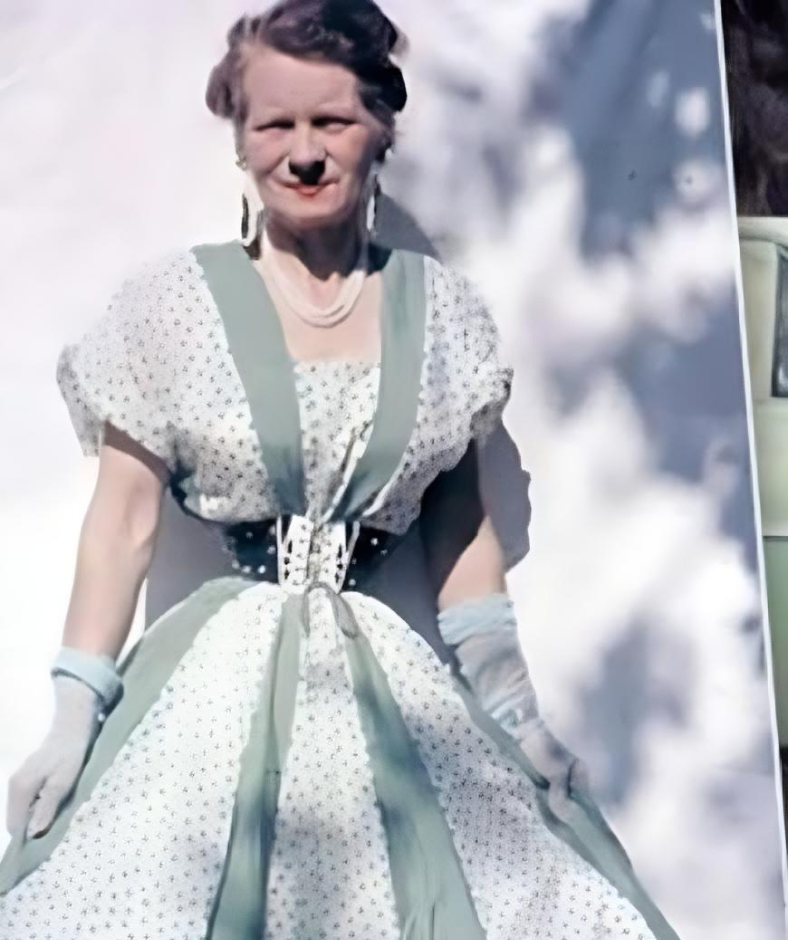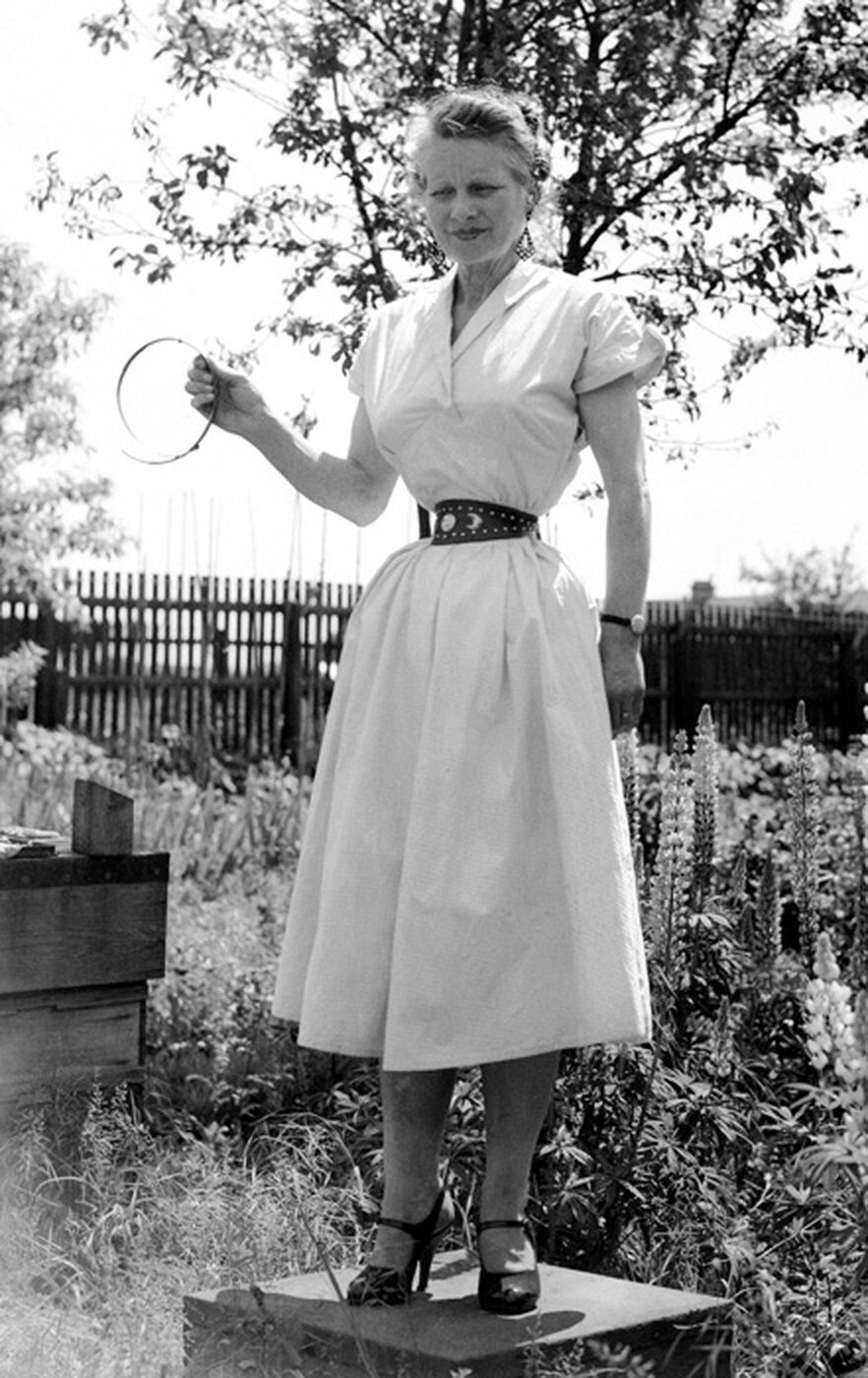“It’s, for the most part, excellent, you’ll see,” Ethel’s spouse consoled her with faithful determination. Ethel, effectively impacted by his resolve, submitted to his wishes without much resistance. After all, what hurt may an unimportant undergarment do?
Even though the design was once a staple of nineteenth-century clothing, by the 1920s, the design had advanced, taking off behind the contracting limits of the undergarment. William Granger harbored a despise for the indistinct dresses of the time, deploring the need for gentility they passed on.
Ethel, as was her nature, promptly adjusted herself to his assumptions. Whereas suffragettes had long condemned the undergarment as an image of persecution, numerous English ladies, counting Ethel Mary Wilson, followed convention well into the early twentieth century.

The consequence of World War I introduced in a modern time of freedom for ladies was the parading of legs, appropriation of brief hairstyles, and inclination for loose-fitting clothing. Ethel, as well, capitulated to this wave of recently discovered opportunity, grasping weaved hair and the flexibility of development managed by free skirts.
Destiny brought Ethel and William together, two modest people from Cambridge. Ethel’s unremarkable mien appeared to suit William, who maybe looked for a companion of calm backbone. Their marriage in 1928 was followed by the birth of their girl Virginia and their migration to Peterborough, where William instructed and Ethel tended to their domestic.
However, behind closed entryways, William encouraged Ethel to return to the prohibitive grasp of the girdle, covered up underneath surging dresses, citing his discontent with the cutting-edge design patterns. Ethel, ever compliant, before long found herself bound once more by the binding of the undergarment, endeavoring energetically to realize an outlandishly little waistline.

Her change into a living exemplification of overstated gentility earned both reverence and a feeling of sorry for those around her. As design patterns moved towards a more refined outline, Ethel’s extraordinary proportions drew feedback; however, she proceeded to push the boundaries of flawlessness at her husband’s command. Grasping an unused frame of attention-seeking through piercings, Ethel embellished her body with incalculable adornments, indeed captivating her spouse with the appeal of adornments.
Despite notices from specialists concerning the health dangers, Ethel lived until the age of 77, her commitment to her spouse unflinching until the conclusion. Their girl, Virginia, was drawn back from her mother’s extraordinary hones, picking for a more standard presence destitute of such extremes. Ethel’s travel, checked by give-up and accommodation, epitomized her husband’s paramount importance in her life, rising above insignificant mold or excellence standards.
What do you think about this beauty standarts?